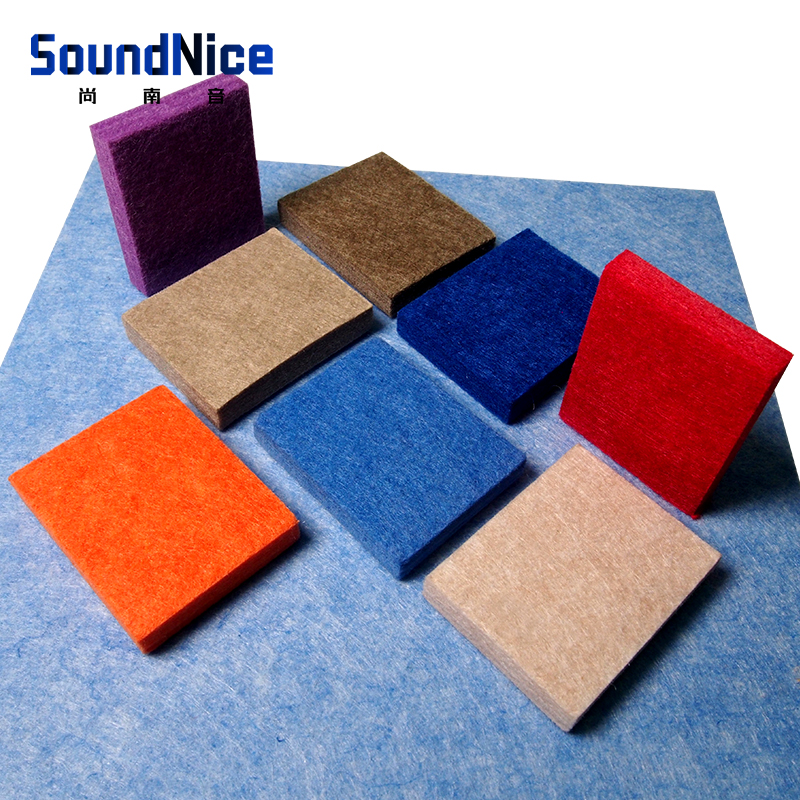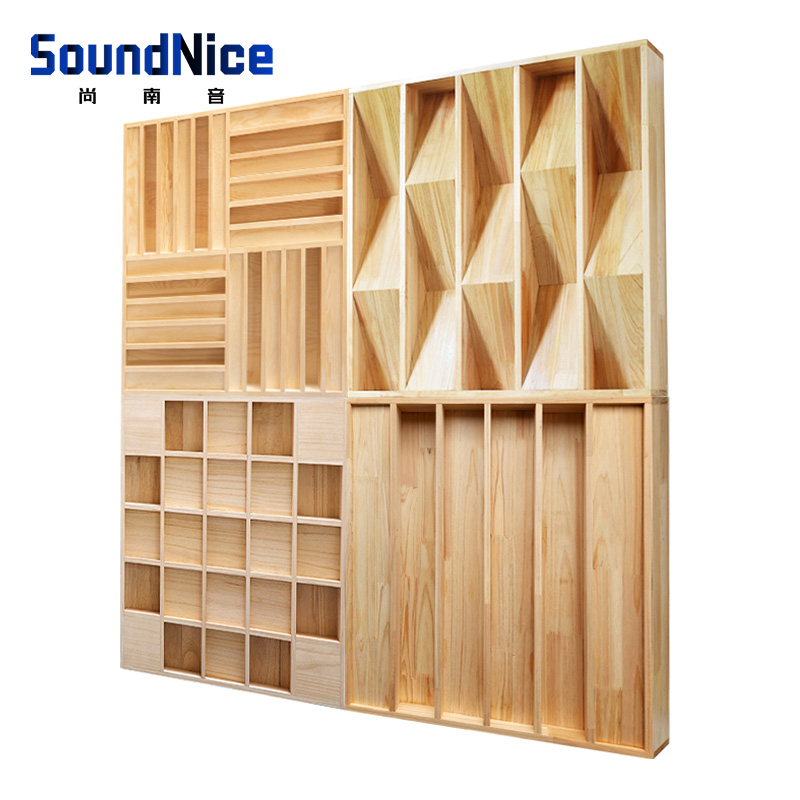
Tailoring The Best Recording Studio Acoustic Treatment Strategy
Creating a high-quality recording is not solely about having top-notch equipment; it's also about optimizing the environment where the magic happens. Acoustic treatment stands as a crucial factor in achieving pristine sound quality, influencing everything from clarity to depth. In this article, we delve into the intricate world of recording studio acoustic treatment, exploring its fundamentals and the essential components that contribute to an acoustically optimized space.
Fundamentals of Acoustics
Understanding the basic principles of acoustics is paramount in the quest for sonic perfection. Sound waves interact with surfaces in three main ways: reflection, absorption, and diffusion. Reflection bounces sound off surfaces, absorption reduces its intensity, and diffusion scatters it. Striking a balance among these elements is fundamental to creating an acoustically balanced space.
Understanding Room Resonance
Room resonance, or standing waves, can plague a recording studio, leading to uneven sound distribution. Identifying these troublesome frequencies and addressing them is crucial. Resonance can be managed through strategic placement of absorption materials and bass traps, preventing sonic interference and ensuring a more accurate representation of recorded audio.
Key Components of Acoustic Treatment
Bass Traps
Strategically placing bass traps is akin to fine-tuning an instrument. Corners, where low-frequency sounds tend to accumulate, are ideal locations. Their purpose is to absorb excess bass energy, preventing muddiness and achieving a cleaner, more defined low end.
Not all bass traps are created equal. From porous absorbers to membrane absorbers, each type has its own unique way of addressing low-frequency issues. Choosing the right bass trap depends on the specific characteristics of your studio space and the desired sound profile.
Absorption Panels
The material of the absorption panels plays a crucial role in shaping the studio's acoustics. High-density foam, fiberglass, and rock wool are popular choices. Each material has distinct absorption coefficients, influencing how they tackle different frequencies.
Placing absorption panels strategically is an art. Identifying primary reflection points and diffusing direct sound paths enhances the effectiveness of these panels. Achieving a balanced absorption across the frequency spectrum ensures a more natural and accurate audio representation.
Diffusers
Diffusers play a unique role by scattering sound waves, preventing them from creating standing waves. This is particularly important in larger studios where managing reflections is more challenging. Understanding the principles of diffraction and dispersion is key to effective diffuser utilization.
Incorporating diffusers into the overall studio design is a holistic approach. Placing them at specific points, considering the room's geometry, can create an immersive sonic environment essential for capturing the nuances of live performances.
Customizing Acoustic Treatment
Room Shape and Size Considerations
Smaller rooms present a set of challenges, including limited space for sound dispersion. Strategic placement of compact absorption panels and bass traps becomes imperative, and utilizing diffusion to create a sense of space can be particularly effective.
Larger studios demand a more comprehensive approach. Strategic diffusion, combined with a tailored mix of absorption and bass trapping, can help control the spaciousness without compromising the natural reverberation essential for certain genres.
Targeted Frequency Treatment
Not all frequencies are created equal, and some may cause more issues than others. Utilizing tools like frequency analyzers helps pinpoint problematic areas, allowing for a more targeted and effective treatment approach.
Once problematic frequencies are identified, customizing the acoustic treatment to address these specific issues is crucial. This may involve a combination of absorption, diffusion, and targeted bass trapping to create a balanced and controlled acoustic environment.
DIY vs. Professional Solutions
Cost-Effective DIY Methods
For those on a budget, constructing your own bass traps can be a rewarding endeavor. Utilizing materials like rigid fiberglass, wooden frames, and acoustic fabric, you can create effective bass traps tailored to your studio's specific needs.
DIY absorption panels can be crafted from readily available materials. From frame construction to the selection of absorption materials, understanding the fundamentals ensures the creation of panels that contribute positively to the overall acoustic environment.
Hiring Professionals
When budget constraints are less restrictive, seeking professional consultation becomes an attractive option. Acoustic engineers can assess your studio space, identify acoustic challenges, and recommend a tailored treatment plan.
Professional installation ensures that acoustic treatments are not only effective but also seamlessly integrated into the studio's design. Long-term benefits include sustained sound quality, minimized post-production corrections, and an optimized environment for creativity and productivity.
Conclusion
Recording studio acoustic treatment is a multifaceted endeavor that requires a nuanced understanding of acoustics and careful consideration of the unique characteristics of your space. Cooperating with SouthNice to create an environment where sound can be captured, manipulated, and reproduced with unparalleled fidelity.










Leave a comment